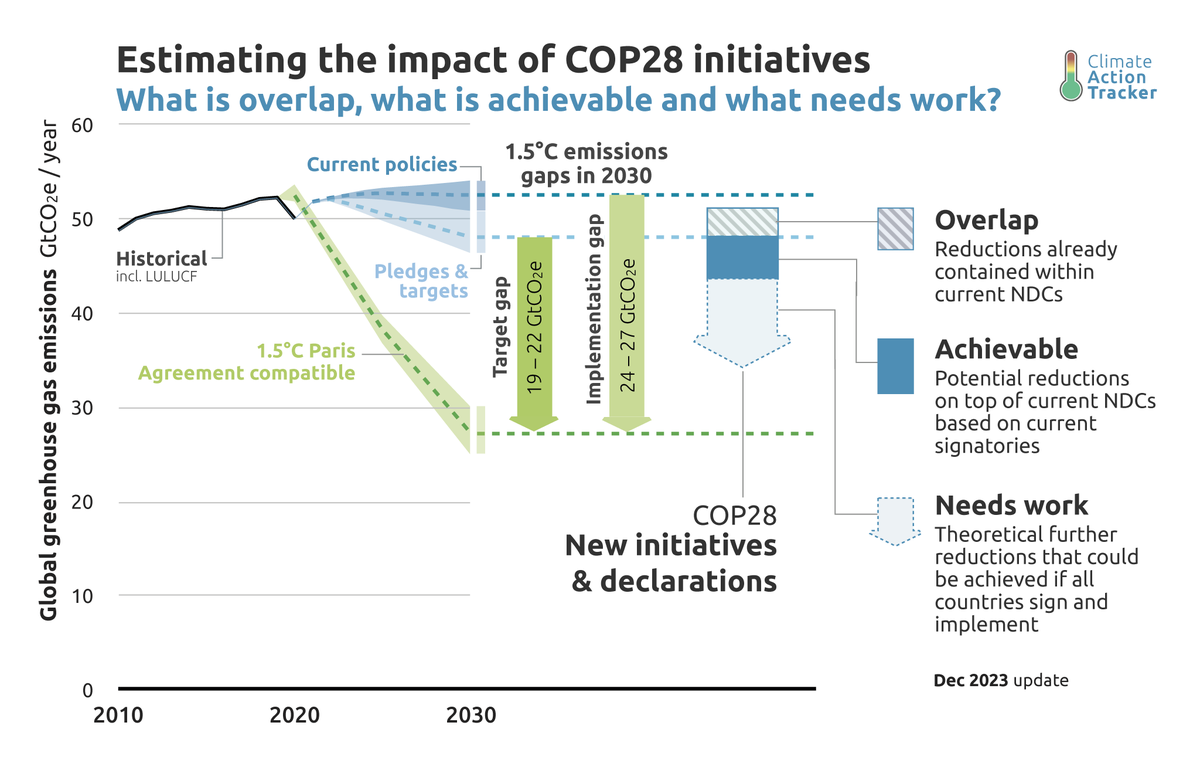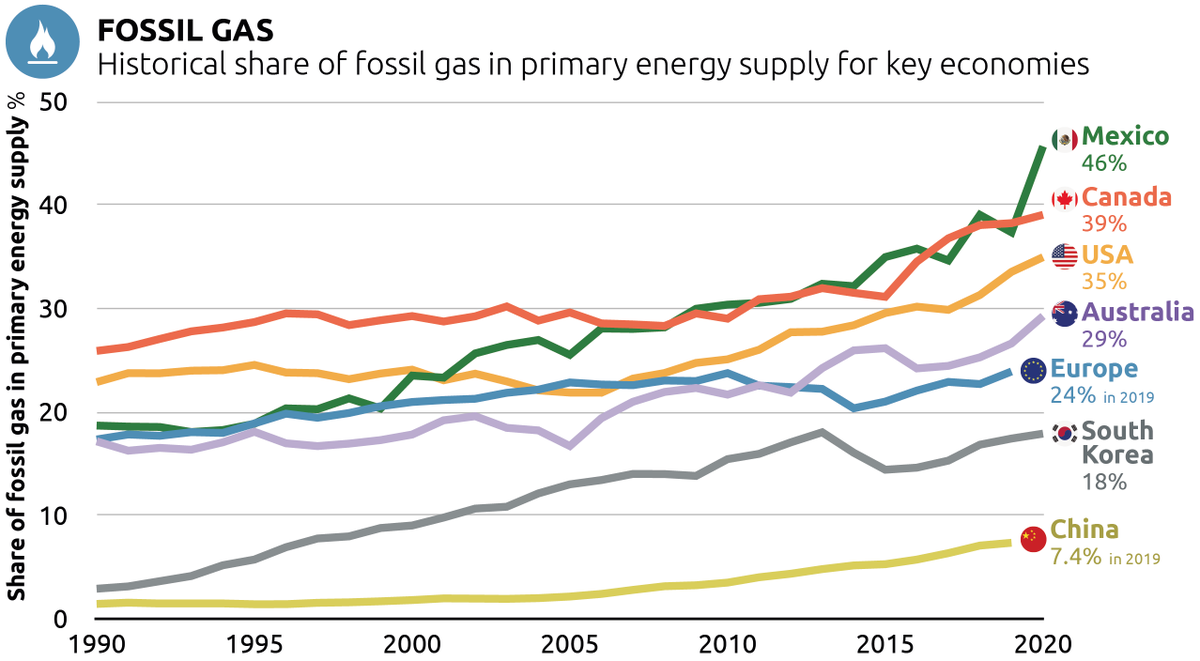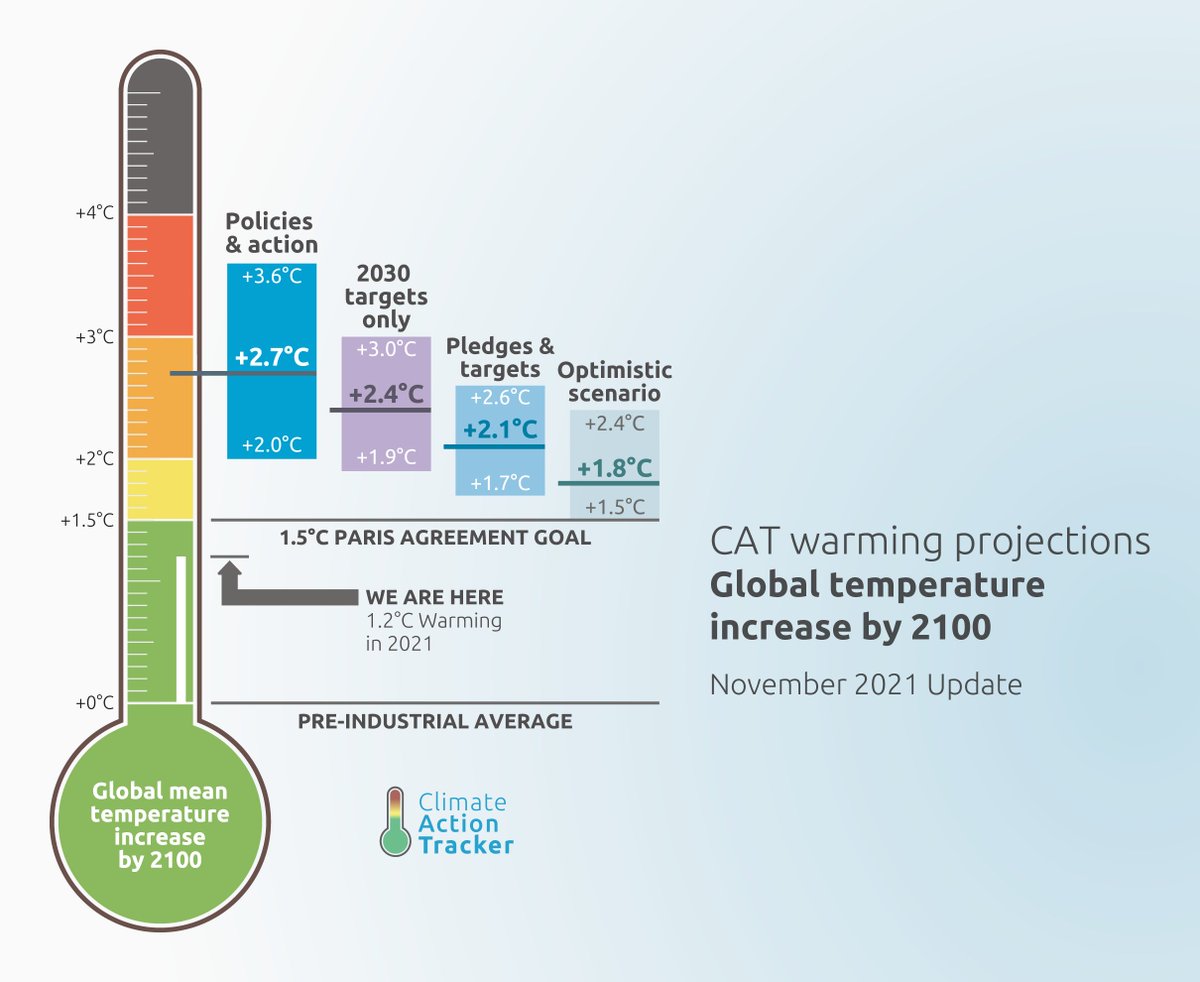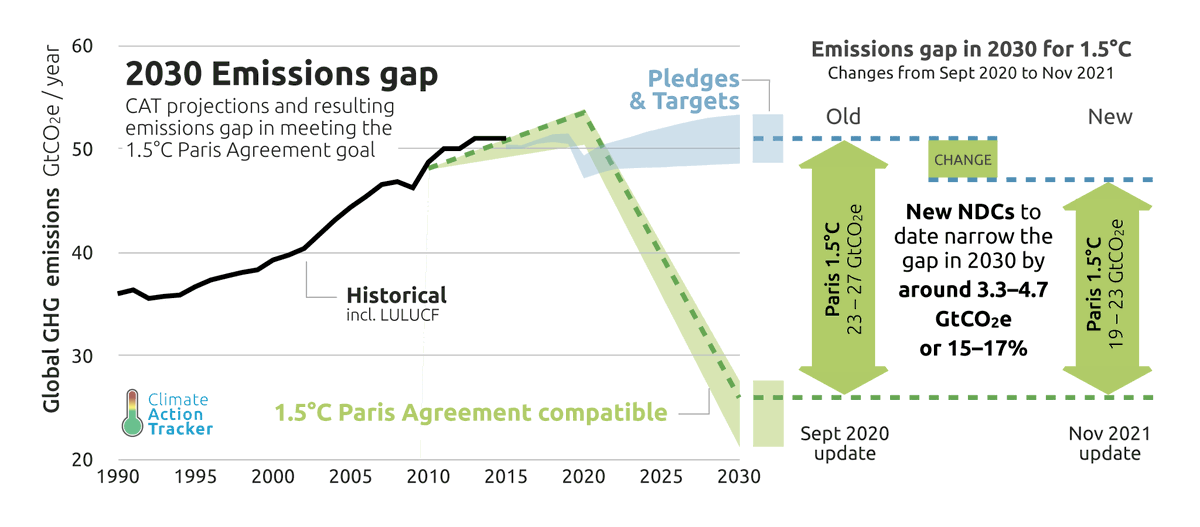Amid growing public concern and as #Climate climate impacts start to bite, governments must take bold action to address the rise in greenhouse gas emissions, but most of them are not - our latest update, released at #SB50Bonn today. bit.ly/CAT_SB50Bonn 

Global progress is stalling. Last year, energy-related #CO2 emissions reached an historic high, with more than a third of emissions from coal, but the fastest-growing source is from natural gas, which grew 4.6% from 2017 to 2018. bit.ly/CAT_SB50Bonn #climate 

The US, India and China were responsible for 85% of the global rise in energy-related carbon dioxide emissions over the past year, renewable energy additions have stagnated after 20 years of strong growth. bit.ly/CAT_SB50Bonn
China’s added coal capacity is an “alarming signal” says @niklashoehne. China is, however, biggest market for renewables. The #USA EPA is expected to replace and weaken Clean Power Plan this week. But many Democrat candidates putting zero emissions plans forward. 

@niklashoehne Two notable regressions: Brazil - under Bolsonaro, deforestation progress reversing rapidly, along with environmental controls. Australia’s election makes progress unlikely, says @BillHareClimate.
India: overall economics of renewables remain strong.
India: overall economics of renewables remain strong.

• • •
Missing some Tweet in this thread? You can try to
force a refresh

















